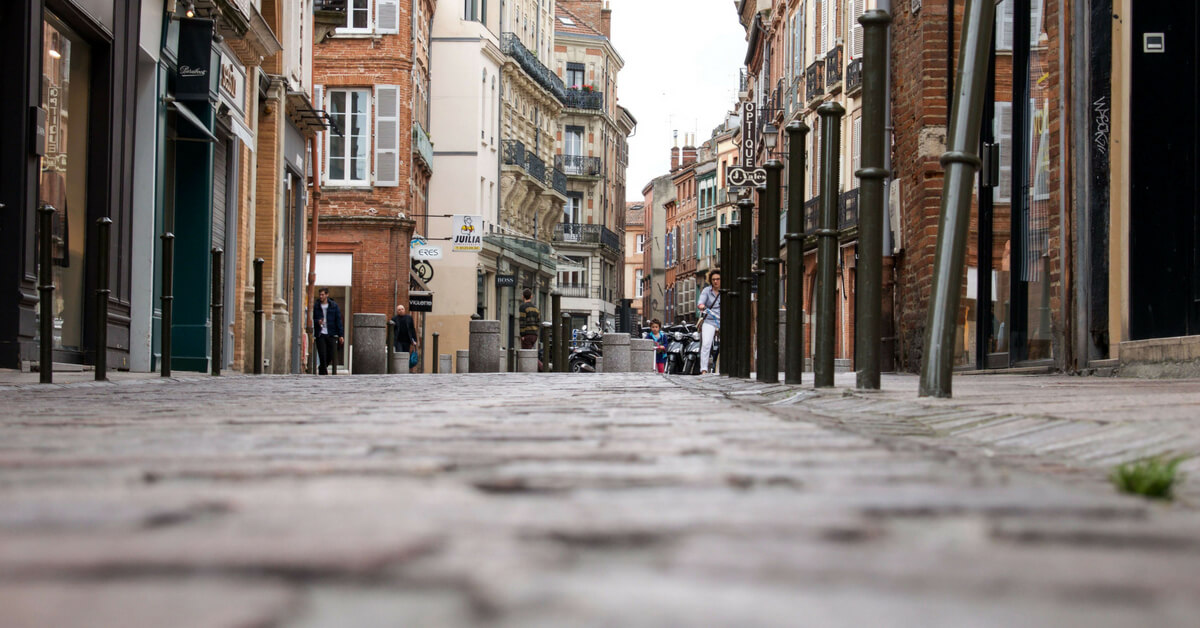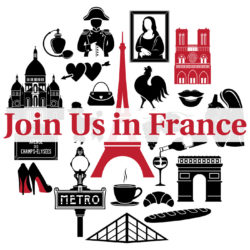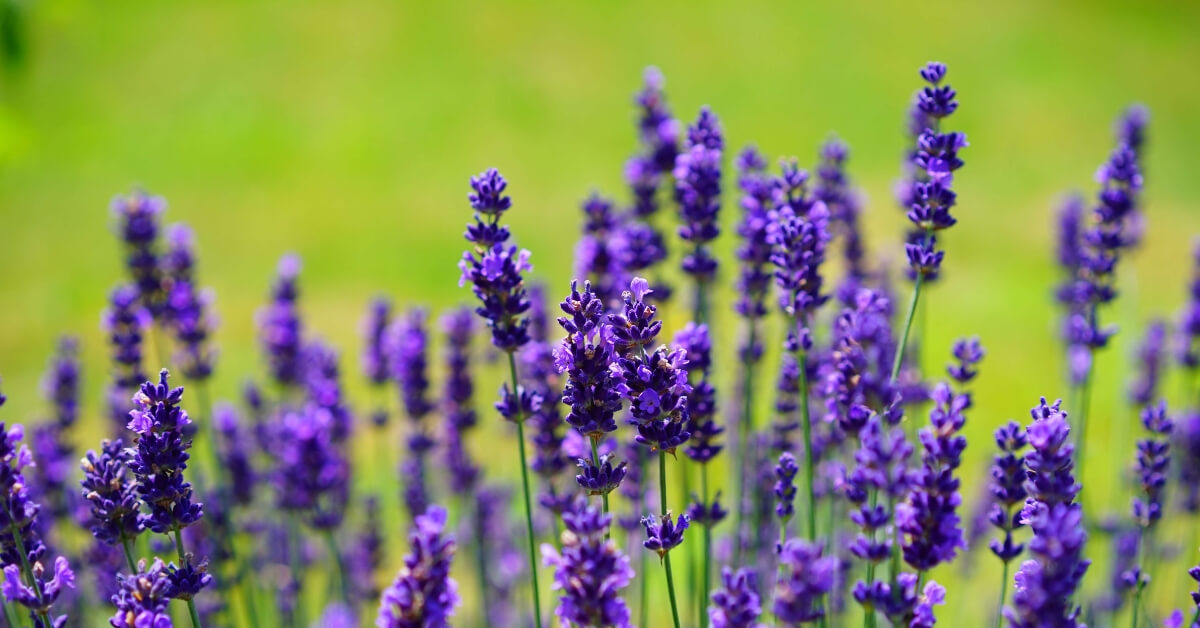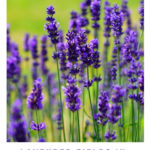This post contains affiliate links, meaning I get a commission if you decide to make a purchase through my links, at no cost to you. Please read my disclosure page for more details.
Category: Provence
If you'd like to go off the beaten track in Provence, Jean-François Sénéchal is your man. And if you'd like to see lavender fields and hidden Provence villages, he knows them all, especially the ones that are not as crowded! But if it turns out that what you need is a day excursion on your cruise ship stop, he can also do that, and with great flair. Here's your custom tour to discover magical Provence!
Episode Highlights
- Lavender Fields and Hidden Provence
- Jeff’s Favorite Food from Provence
- Watch-out: Vence is not the same as Saint-Paul-de-Vence
- The Difference Between the Côte d’Azur (French Riviera) and Provence
- For Cruise Ship Passengers
- The Two Types of Lavender
- Hidden Villages in Provence
- The French Riviera
- What Is the Luberon?
You can reach Jeff here: To contact Jean-François : www.provenceprestigetours.com / provenprestigetoursfr@gmail.
Lavender Fields and Hidden Provence
Our tour guide was born and raised in Provence, he’s a genuine “provençal”, which is unusual because there are a lot of people who move to Provence, not so many who are from there originally. Jeff has been a tour guide for 10 years.
Jeff can offer tours anywhere in France, even in Corsica, but mostly he works around his home base of Vence where Matisse lived. Vence is not the same as Saint-Paul-de-Vence.
The Difference Between the Côte d’Azur (French Riviera) and Provence
There are differences between Côte d’Azur (French Riviera) and Provence. The whole region is called Provence-Alpes-Côte d’Azur, a big administrative region. The French Riviera goes from Menton until Toulon. Provence goes from Toulon until the beginning of the Alps to the north and the beginning of Languedoc to the west. Provence and the French Riviera are not the same thing. Local dialects are different: provençal on one hand and the niçard on the other.
For Cruise Ship Passengers
Jeff does day tours for cruise passengers and he’s never brought anyone back late so far. He also takes people around for 1 day, 2 days, up to a week. He can take up to 7 guests in his van, or he has to rent a bigger van. His service philosophy is to spoil everyone; he prefers to give individual attention to smaller groups. He always has lunch with his guests and he likes to exchange and entertain his guests as much as possible. He talks about history a little bit first thing in the morning, but he keeps it to a minimum. A tour is not a class or a lesson. You’re there to live, enjoy and experience, not be lectured to.
Jeff can adapt his tour to the fitness level of his visitors, but he prefers to be warned if a person on the tour has mobility issues. This would be true of all tour guides actually!
Lavender fields: they bloom early June, to see the Lavender in full bloom, come between mid-June to late July, the top two weeks are the two first weeks of July. In Provence the Lavender is harvested, so the fields are bare for many months.
The Two Types of Lavender
There are two types of Lavender. “Lavande fine” (Lavandula angustifolia) grows at higher altitude, it’s a shorter bush, and that’s the one used for its medicinal properties, expensive perfumes, etc. To make 1 liter of lavender, you need 130 kg of lavender flowers. Some medicinal properties of Lavender are: insomnia, stress, headaches, burns, sun burns, sore throat, cold, rheumatism, sore muscles after sports.
Lavandin is a bigger bush, has a lovely smell, but no medicinal properties. That’s the bush most people grow in their gardens. This is the plant that is used to give lavender scent to cleaning products, soaps, etc.
Lavender Honey: the flavor comes from where the bees go to forage.
What Is the Luberon?
Luberon goes from Manosque on the east, middle is Apt, west is Cavaillon, south is Purtuis, north is Sault. Sault is where Jeff likes to take his visitors to Sault because it’s gorgeous, there are lavender fields, and on a clear day you can see the Mont Ventoux 1900 meters (5760ft), where the Tour de France usually goes as well.
Luberon is extremely famous because of the book A Year in Provence. Jeff doesn’t like the book because he would have preferred these places to remain unknown. Ménerbes is where Peter Maille bought his house.
Provence is an open-air museum, you can go and watch the show. Villages, locals, cafés, are quite entertaining by themselves.
Sunflowers are also prevalent in Provence and the season is longer than Lavender, sunflowers are in full bloom starting mid-July.
The Senenque Abbey is famous for its lavender field, but one year the monks decided to plant wheat instead of lavender. If you have two days, you have enough time to see Provence and Lavender. If you stay for two days you’ll stay at a B&B in Simiane-la-Rotonde, in the middle of the lavender fields. The owner used to be the head sommelier at Maxim’s in Paris. He makes his own fruit wine, which he serves for apéritif. This is impossible to do on a one-day Cruise-ship stop.
Hidden Villages in Provence
Those hamlets are hidden because they are only accessible by car with narrow switch back roads, far away from the coast line, usually the only tourists there are French, even at peak season. Jeff would love to do only off-the-beaten track tours.
These villages are a photography paradise. Jeff offers a new tour for photographers. The light in Provence is fabulous. If you go in the winter when the mistral wind is blowing, on a clear day, the light is divine. If you can get away off-season, for instance October, it’s perfect in Provence. It’s a little cold, but sunny and lovely. If you go off-season the whole town is yours!
Olive Trees are a big deal in France and they are all over France, but especially in Provence. Olives are a big symbol for Provence, and you’ll get to eat some great olives.
The French Riviera
The French Riviera and the coast line is a tourist magnet and super crowded. Monte-Carlo, Saint-Tropez, Cannes, Nice, are all tourist magnets. If it’s your first time in France maybe you want to see them, but they’re not that interesting. Stay away from the film festival in Cannes. Cannes is lovely in October, you can go to the islands and see where the Iron Mask was imprisoned.
Nothing in Provence is overdone, but most things in the French Riviera are overdone. Most people would go to Aix-en-Provence, Arles, the Pont-du-Gard, Cassis, take a boat to the Calenques, Èze is lovely off-season, but not in the middle of the summer. La Turbie is much less crowded and just as nice. Just a little bit off the beaten track.
Jeff’s Favorite Food from Provence
Jeff's favorite provençal food is aioli, and his second choice is Bouillabaisse. Rouille is a saffron garlic mayonnaise. Rosé Côte de Provence is also a favorite, and not just for Jeff!
FOLLOW US ON:
Subscribe to the Podcast
Apple YouTube Spotify RSSSupport the Show
Tip Your Guides Extras Patreon Audio ToursCategory: Provence




Great episode! It makes me want to go back to Provence.
With regard to the bees and lavender honey, the verb I think you were looking for was ‘pollinate’, which is what the bees do as they go from flower to flower.
Yes, that’s it! Thank you! I hate it when I get tongue-tied, but it happens, in both languages I’m afraid 😉
Thanks for the introduction to Jeff and we look forward to meeting him in August. Love the show. Can not wait to see Provence in all it splender.
Kerryn
I loved this episode. I was waiting for him to mention the tiny village my husband grew up in, Lamanon, halfway between Senas and Salon-de-Provence 🙂
Thank you for interviewing such fascinating people!
Renee
You are so welcome Renée, thank you for the kind words. So, does your husband speak Provençal?
I too, thoroughly enjoyed this episode. We’ve been dreaming and planning for our trip in June and Jeff’s descriptions only make me wish it were June right now! Vivement les vacances!